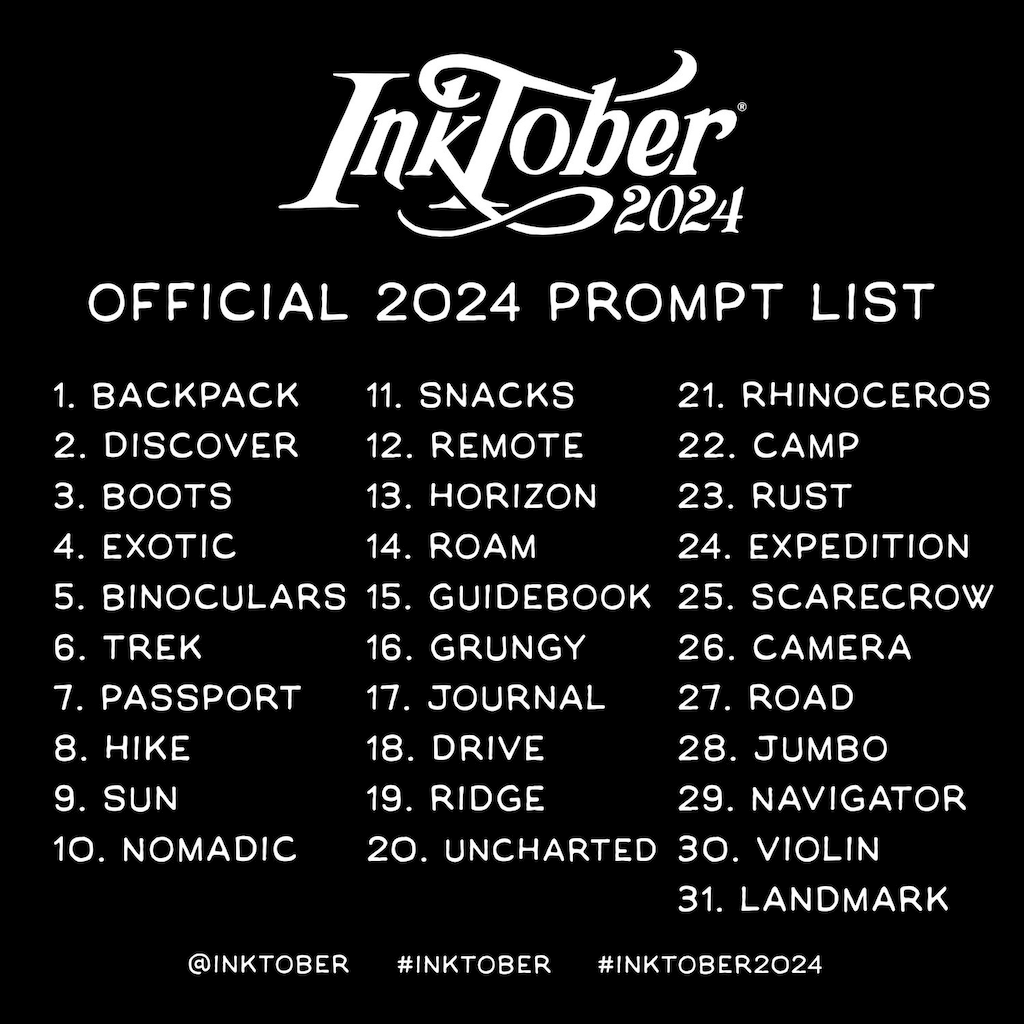Advanced RAG Techniques
Retrieval Augmented Generation (RAG) is a pattern to let you prompt a large language model (LLM) about your own data, via in-context learning by providing extracts of documents found in a vector database (or potentially other sources too).
Implementing RAG isn’t very complicated, but the results you get are not necessarily up to your expectations. In the presentations below, I explore various advanced techniques to improve the quality of the responses returned by your RAG system:
Read more...
